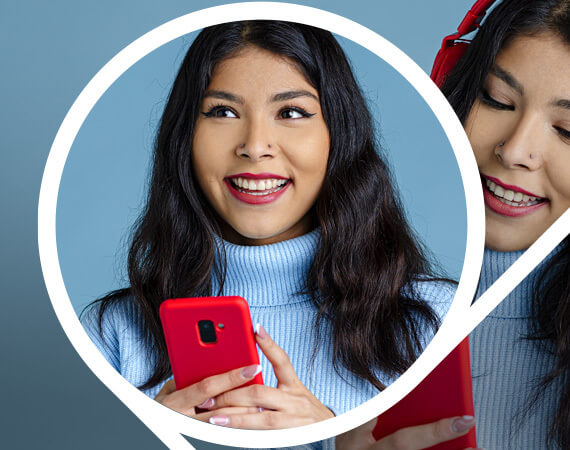Follower size once dictated whether brands should partner with social influencers to promote their products and services. But as audiences have become savvier at spotting big social celebs schilling products for money, micro-influencers are emerging as a powerful and more authentic alternative for brands to connect with audiences.
Typically, micro-influencers have fewer than 150,000 followers but often distinguish themselves from more well-known influencers through their:
- Focused expertise in a specific category the brand supports
- Deep love for the brands they partner with
- Ability to authentically integrate brands into their social videos
- Close relationships with their followers
Visual platforms like Instagram and TikTok have become hubs where micro-influencers thrive, particularly with younger audiences. Surprisingly, their smaller follower count doesn’t diminish their marketing impact; rather, it magnifies it because their perceived expertise communicates trust and authenticity.

Combined, this often translates to higher engagement rates and improved top-of-funnel sales activity for brands. On average, micro-influencers have an aggregate engagement rate of +10% across social platforms, compared to less than 5% for macro-influencers. Additionally, when paired with the right brand, micro-influencers can succeed in creating deep connections with niche audiences without turning off a brand’s core following. And they come at a fraction of the price, opening opportunities for smaller brands to participate.

By contrast, macro influencers, despite their sizable following, often struggle to match the engagement levels of micro-influencers. With engagement rates hovering around 5%, macro influencers pale in comparison to their smaller-scale counterparts, who often double this average. This stark contrast highlights the depth of connection and resonance that micro-influencers generate from their fans and communities.

The rise of micro-influencers is a paradigm shift for many social media marketers. It’s no longer merely about the numbers but about the authenticity, trust, and resonance that influencers can instill within their audience. Social marketers, on the brand side, who are just discovering micro-influencers are having to change their way of thinking, pivoting from big names to smaller yet fiercely impactful personas.
To learn more about MarketCast’s Social Media Research capabilities for brands and advertisers, contact us here.


